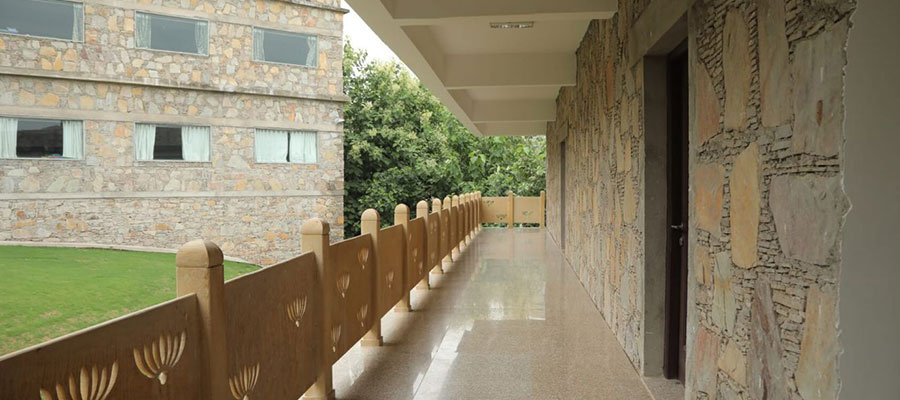For many years, the Indian boarding school system has been an essential part of the American educational landscape. These schools were designed to educate Native American children in the Western way, and they have been very successful in doing so. However, some believe the time has come to re-form the Indian boarding school system. Here’s why.
A Brief History of Indian Boarding Schools
The first Indian boarding school was established in 1879 by Captain Richard Henry Pratt. These schools were created as a way to “civilize” Native American children by teaching them European-American culture and values. Pratt believed that this would eventually lead to the disappearance of Native American cultures altogether.
Over time, the focus of these schools shifted from assimilation to education. While there were still attempts to force students to conform to European-American standards, the schools did begin to offer a more well-rounded education that included academics, vocational training, and sports.
In 1978, the Tribal College Movement began in an effort to address the issues facing Native American students who were attending mainstream colleges and universities. These institutions were designed to meet the unique needs of Native American students and help them succeed in higher education.
The Challenges Faced by Indian Boarding Schools
Despite these changes, Indian boarding schools continue to face a number of challenges. One of the most significant problems is funding. These schools are often underfunded and understaffed, which can lead to subpar facilities and a lack of resources for students.
Another problem is that many of these schools are located far from tribal lands, which makes it difficult for families to visit their children or for children to return home during breaks. This can cause feelings of isolation and homesickness for both students and parents.
Finally, there is a significant achievement gap between Native American students and their non-Native peers. According to data from the National Center for Education Statistics, only 52% of Native American high school students graduated in 2017, compared to 79% of their non-Native peers. This gap is even larger for boys, with only 47% graduating compared to 74% of non-Native boys.
The Possible Solutions in Re-formation of Indian Boarding Schools
There are a number of ways that Indian boarding schools could be reformed in order to meet the needs of both students and parents. One solution is to increase funding for these institutions so that they can improve their facilities and hire more staff members. Another possibility is creating more bilingual programs so that students can receive instruction in both English and their native language.
By reducing class size, each student can get more individualized attention from teachers. Finally, increasing communication between parents and teachers could help ensure that everyone is on the same page about each child’s educational progress. By working together, we can make sure that all children have access to a quality education regardless of their background or ethnicity.
Read Also – Top 10 Best Boarding Schools in India CBSE
Safe and nurturing environment: One of the most important things that must be done in order to reform the Indian boarding school system is to create a safe and nurturing environment for children. This means that the physical and emotional safety of students must be paramount. There should be zero tolerance for any type of abuse, whether it is physical, emotional, or sexual.
In addition, the staff at these schools must be properly trained in how to deal with Native American students. They should be able to understand and respect the various cultures represented by these students. There should also be a focus on creating a positive and supportive learning environment where every student feels like they belong.
Another essential need for reform is to provide a quality education for all students attending Indian boarding schools. This means that the curriculum must be relevant and engaging for Native American students. It should also prepare them for success after they graduate from high school.
Unfortunately, many Indian boarding schools do not meet these standards. In fact, some schools do not even offer college preparatory classes. This needs to change if we want Native American students to succeed after they leave boarding school.
One of the biggest barriers to reform is the high cost of tuition at Indian boarding schools. Many families cannot afford to send their children away to school, which means that they are stuck in underperforming public schools or they have to find another way to pay for their child’s education.
Tuition costs can be a barrier not only for families but also for foundations and other organizations that want to donate money to support boarding schools in India. Therefore, it is essential that tuition costs are reduced in order for reform efforts to be successful.
Conclusion:
While there have been some changes made over time, Indian boarding schools continue to face a number of challenges, including underfunding, isolation, and a large achievement gap when compared with non-Native students. There are a number of ways that these issues could be addressed, including increased funding, bilingual programs, smaller class sizes, and increased communication between parents and teachers. By working together, we can make sure that all children have access to a quality education regardless of their background or ethnicity.
